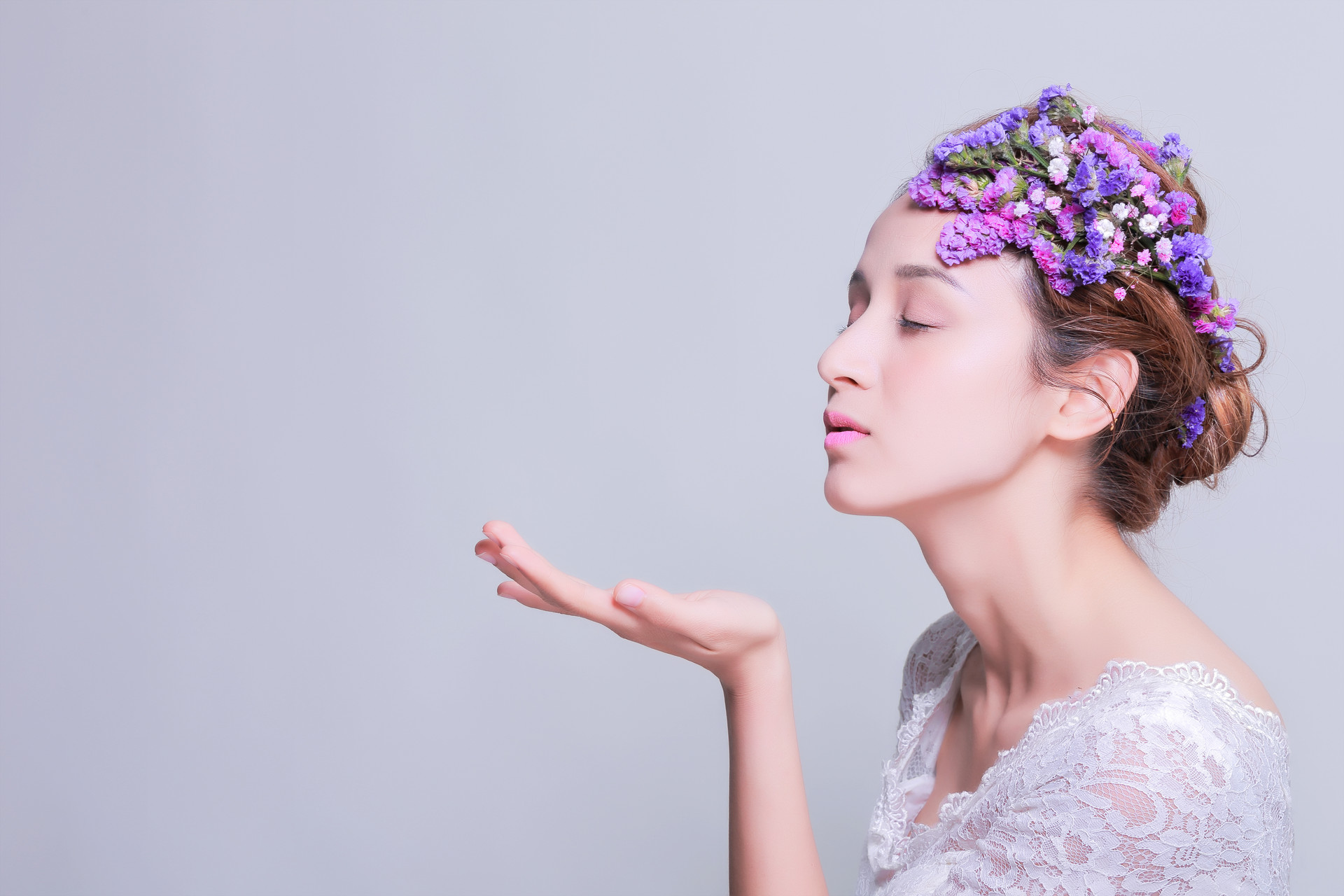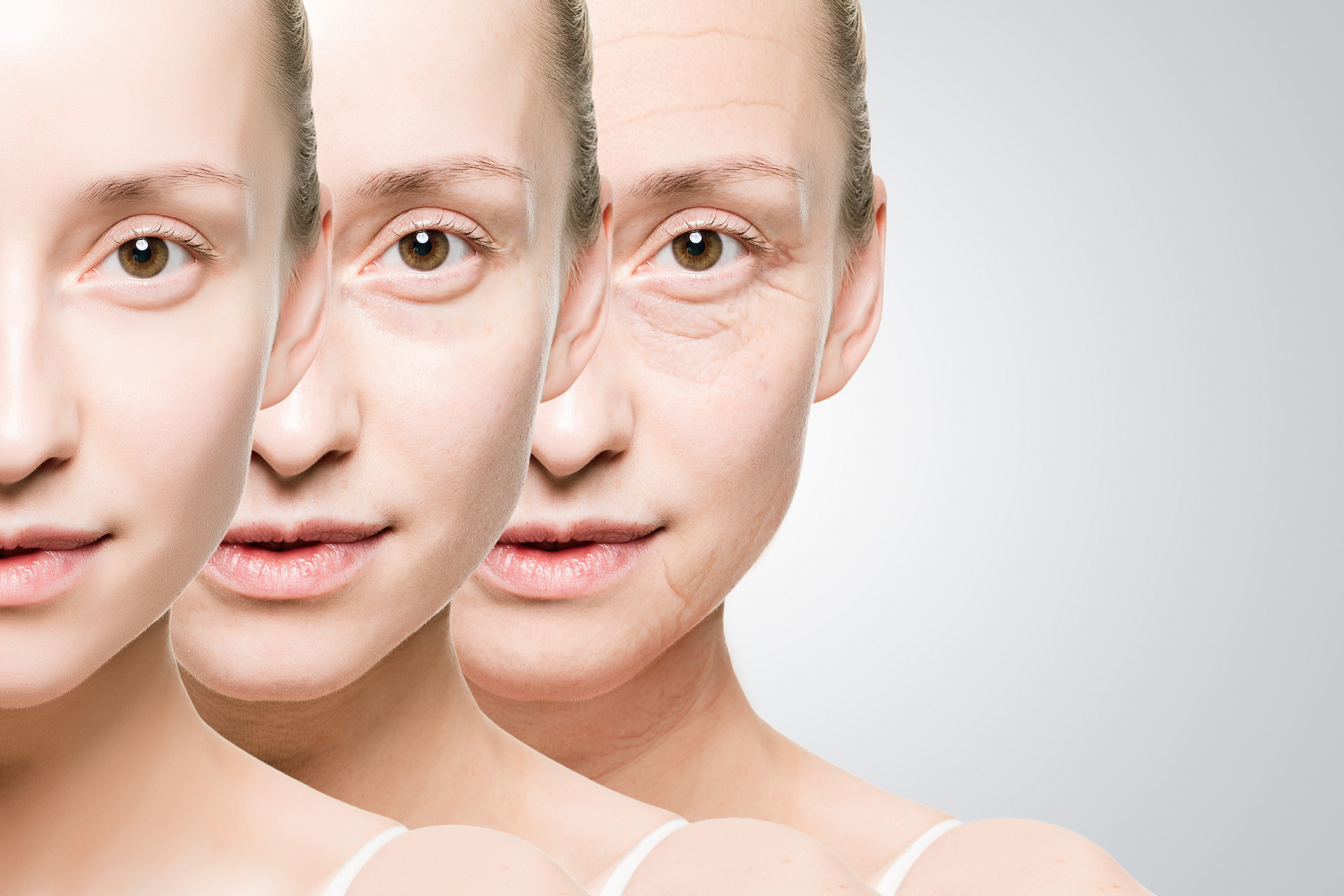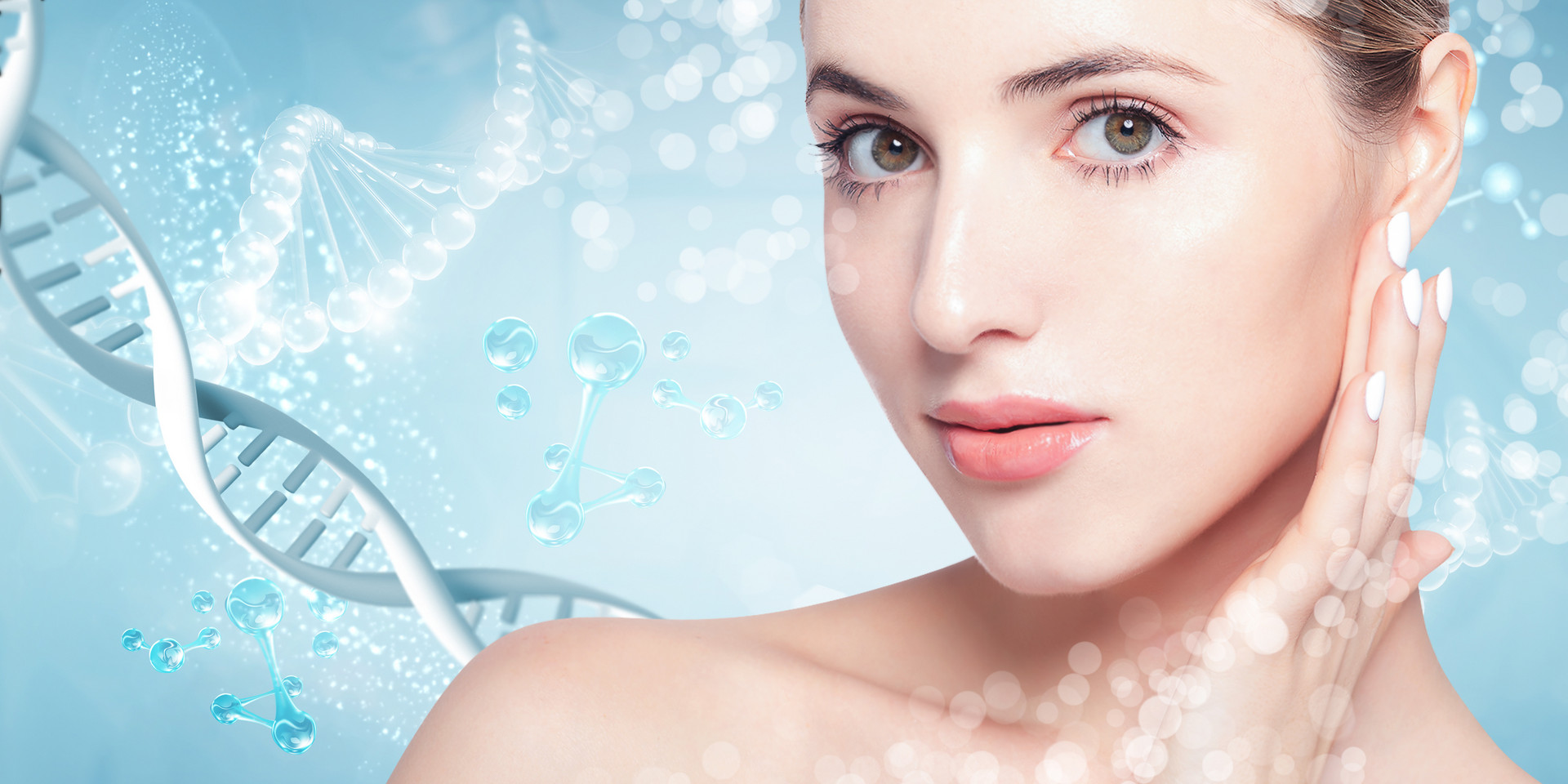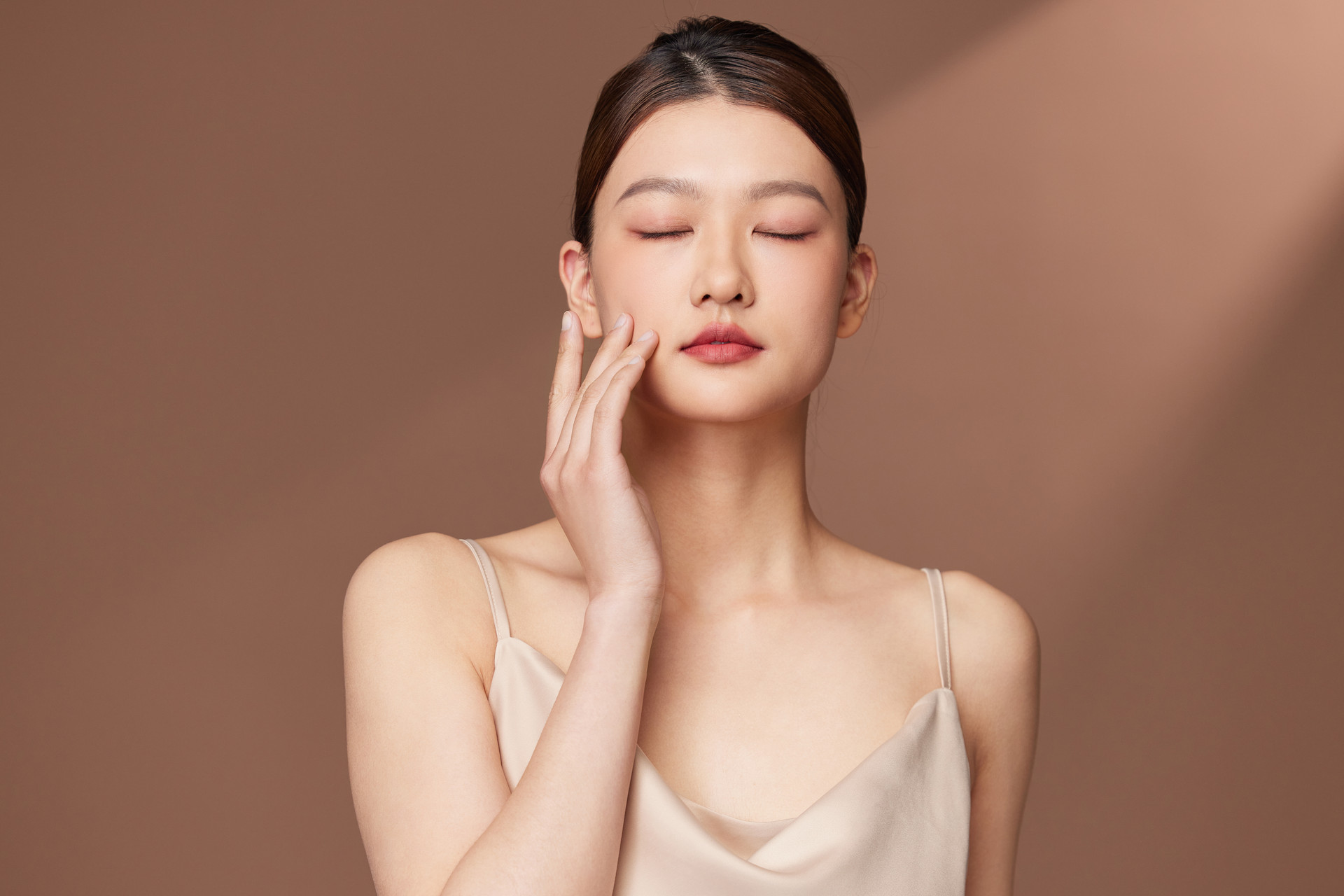
Dyeing hair is common, but many people are unaware of the dangers of dyeing hair. The most common harm of dyeing hair to the human body is allergy. This allergy can cause redness, swelling, itching, and burning sensation in the scalp, ears, and other areas, spreading to the neck and face, with symptoms such as blisters, yellow discharge, and swelling.
Milder cases are generally limited to the dyed area, known as contact dermatitis; spreading to the whole body is known as self-sensitivity dermatitis. Severe allergies can lead to shock and endanger life, but this situation is also very rare.
1. Why does dyeing hair cause allergies
The main reason why dyeing hair causes allergies is that there are many chemical substances in hair dyes, among which p-phenylenediamine is a widely used chemical component for dyeing fur. It can fix the color on the hair, but it also becomes an allergen for most hair dye allergy sufferers.
On the website of the State Food and Drug Administration, the reporter randomly checked several technical requirements for hair dye products and found that the concentration of p-phenylenediamine in hair dyes is controlled at 6% or below. In 2007, the state made clear regulations on the concentration of p-phenylenediamine in hair dyes, and it should not exceed 6% industry standards. The restrictions on the concentration of p-phenylenediamine used abroad are even stricter.
If it is the first time dyeing hair or if you have allergies, an allergy test should be done before dyeing hair. Apply a small amount of hair dye on the inside of the forearm or behind the ear and observe for 48 to 72 hours. If no allergic reaction is found, it is generally safe.
You must buy regular hair dyes, as conventional formulas contain p-phenylenediamine. If the hair dye is not regular, an excessive concentration of p-phenylenediamine can irritate the skin. Long-term and excessive use of hair dyes beyond the safe range may have potential carcinogenic risks.
2. Do not confuse allergies with irritation
Some people are particularly sensitive, and they feel itchy or stinging as soon as they apply hair dye, thinking that they are allergic. In fact, hair dye allergies take some time to react. If the reaction occurs immediately after using hair dye, it is not an allergic reaction but an irritation reaction, so there is no need to be overly concerned.
Before dyeing hair, pay attention to not having any scalp injuries. If there are injuries, it is easy to absorb more hair dye. If the scalp itself has diseases such as folliculitis, hair dyeing should also be avoided. In addition, pregnant women are prohibited from dyeing hair, and breastfeeding women should be cautious.
Allergic reactions are classified into four types
Allergic reactions are usually classified into four types. Among them, immediate-type hypersensitivity reactions have symptoms that appear relatively quickly, generally within about half an hour; delayed-type hypersensitivity reactions usually appear after 48 to 72 hours or longer, and hair dye allergies belong to delayed-type hypersensitivity reactions.
Type I hypersensitivity reactions, also known as immediate-type hypersensitivity reactions, include allergic rhinitis, urticaria, angioneurotic edema, allergic bronchial asthma, allergic shock, etc.
Type II hypersensitivity reactions, also known as cytotoxic-type hypersensitivity reactions, include hemolytic anemia, leukopenia, thrombocytopenia, etc.
Type III hypersensitivity reactions, also known as immune complex hypersensitivity reactions, include serum sickness, allergic vasculitis, etc.
Type IV hypersensitivity reactions, also known as delayed-type hypersensitivity reactions, include contact dermatitis, etc.
3. Not all plant-based hair dyes are safe
To avoid contact with the chemicals in hair dyes, many people prefer to choose pure plant-based hair dyes. However, the use of plant-based ingredients is just a gimmick for many products. Currently, there are very few pure plant-based hair dyes on the market. Because it is generally difficult for plant-based ingredients to adhere to the hair, in order to achieve adhesion and relative durability on the hair, to some extent, coloring agents with chemical components will be used. In terms of allergies, not all plants are necessarily safe. There are also many people who are allergic to plants in their daily lives, and whether they are allergic varies from person to person.
There is no exact answer to how often it is safer to dye hair. From a health perspective, hair dyes contain more chemical components, especially p-phenylenediamine, which is a carcinogen. Although there is currently no sufficient evidence to prove that p-phenylenediamine can cause cancer under normal hair dyeing dosage, there are still potential risks. Therefore, it is better to dye hair less frequently. For specific occupational groups, except for those who must dye their hair due to work requirements, it is also better to dye less frequently.
For dyeing white hair, highlighting, bleaching hair, or dyeing other colors, the impact of hair dyeing on the body is the same, because the key harm of hair dyeing lies in the contact between hair dye and the scalp, not the color of the hair dye, the amount of hair to be dyed, or the hair itself.
4. Hair dye allergies can sometimes be troublesome
The principle of treating allergies is to remove the allergen and avoid further contact. Once allergies occur, if there is still hair dye on the hair, the hair dye will more or less come into contact with the scalp, causing repeated allergies. If this happens, the doctor will generally recommend shaving off the hair.
If you find allergy symptoms after dyeing your hair, it is recommended to seek medical attention immediately at a regular hospital to determine the allergen and actively receive treatment. Do not think that you can handle it at home by washing your hair several times to wash off the allergen, as if it were so easy to wash off, the dyed color would also be washed off.
Is there a relationship between dyeing hair and graying hair?
Experts believe that there is a certain relationship. The principle of hair dye is to use oxidants to bleach the hair first, and then dye it with the desired color. This oxidation process generally uses ammonia and hydrogen peroxide, which will affect the secretion of hair pigment.
p-phenylenediamine in hair dyes will destroy the normal nutrient absorption of hair follicles; bleaching agents in hair dyes, such as p-phenylenediamine, not only easily induce contact dermatitis, but also affect the synthesis of tyrosine, aggravating the loss of melanin and accelerating graying of the hair.
Experts recommend post-dyeing Chinese herbal care solution for hair
Ginseng and Polygonum multiflorum shampoo
Ingredients: 10g of ginseng, 10g of Polygonum multiflorum (or powdered).
Usage: Pour them into the regular shampoo you use (200ml) and shake well. After dissolution for one hour, it can be used.
Leave it on for 5 to 10 minutes after washing, once or twice a week.






